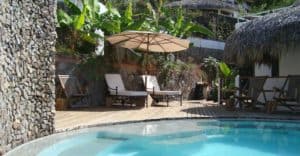
Covid News for travel to Guatemala
Covid Travel News for Guatemala Updated August 25th. 2020 Thank you for considering staying at La Casa Colibri. At the present time, Guatemala’s borders and
The area around Lake Atitlan boasts a wide array of activities for the visitor – from experiencing the local Mayan cultures to taking in the expansive panoramas from high above the lake in a tandem paragliding adventure!
Located approximately 93 miles northwest of Guatemala City (2.5 to 3 hours by car or 20 minutes by helicopter), Lake Atitlan was formed approximately 85,000 years ago by volcanic eruptions. With a surface area of 82 square miles and a maximum depth of over 1000 feet, Lake Atitlan is the deepest lake in Central America. Its location at 5,100 feet above sea level and proximity to the equator provides a year-round, spring-like climate; warm and sunny most mornings and cool and cloudy in the afternoon. The dry season typically runs from November through May. Even during the rainy season (June – October) it is usually sunny in the mornings.
The lake is surrounded by 12 indigenous Mayan villages, which were inhabited long before the Spanish arrived in the mid-16th Century. The first village that most visitors come to is called Panajachel, or ‘Pana’ for short. It is a mix of local Kaqchiquel Mayan, Ladinos, expatriate residents, tourists and travelers from around the world. Facing the lake from as seen from ‘Pana’ almost all of the villages around the lake are accessible by water taxi with the exceptions of Santa Catarina Palopo (10 min. by car), San Antonio Palopo (20 min. by car), San Jorge La Laguna (10 min. by car) and Santa Clara La Laguna (accessed via car from San Pablo).
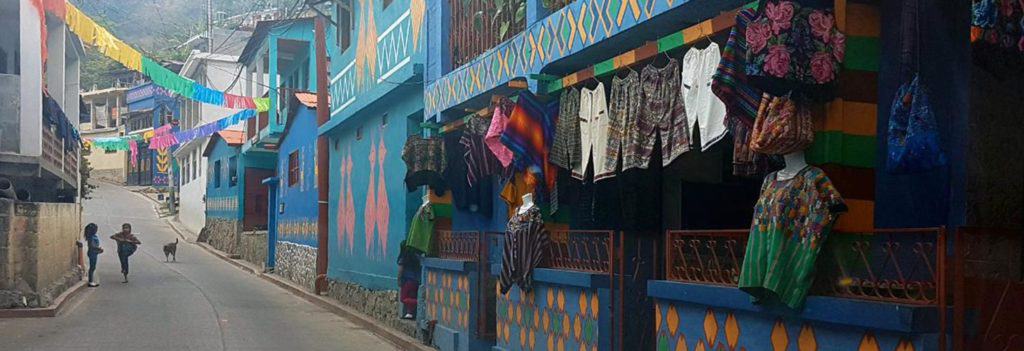

Covid Travel News for Guatemala Updated August 25th. 2020 Thank you for considering staying at La Casa Colibri. At the present time, Guatemala’s borders and
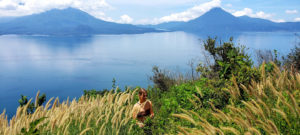
Hike Guatemala’s Scenic Lake Atitlan Area With a breathtaking view of Lake Atitlan, it’s easy to spend hours poolside or on the many terraces and
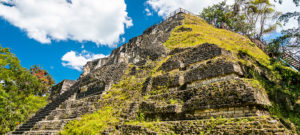
Mayan Ruins: Things to Do in Guatemala For much of its history, the Central American country of Guatemala was part of the enormous Mayan civilization
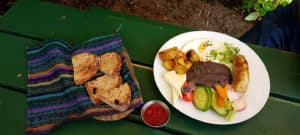
Epicurean Travel’s Guatemalan Adventure Epicurean Travel, a renowned organization specializing in food-focused tours of exotic locales, is planning an adventure to Guatemala—and La Casa Colibri

La Casa Colibri’s Custom Cuisine Vacation is a time to treat yourself and to do something beyond the everyday. We’ve designed La Casa Colibri to

Guatemala: Culture and Cuisine The cuisine of Guatemala is heavily influenced by its ancient Mayan roots as well as the period of time when it
A selection of properties offering a unique lodging experience.
Volcano Village Lodge
Volcano Village Estates
La Casa Colibri
Sign up for our email newsletter below.
